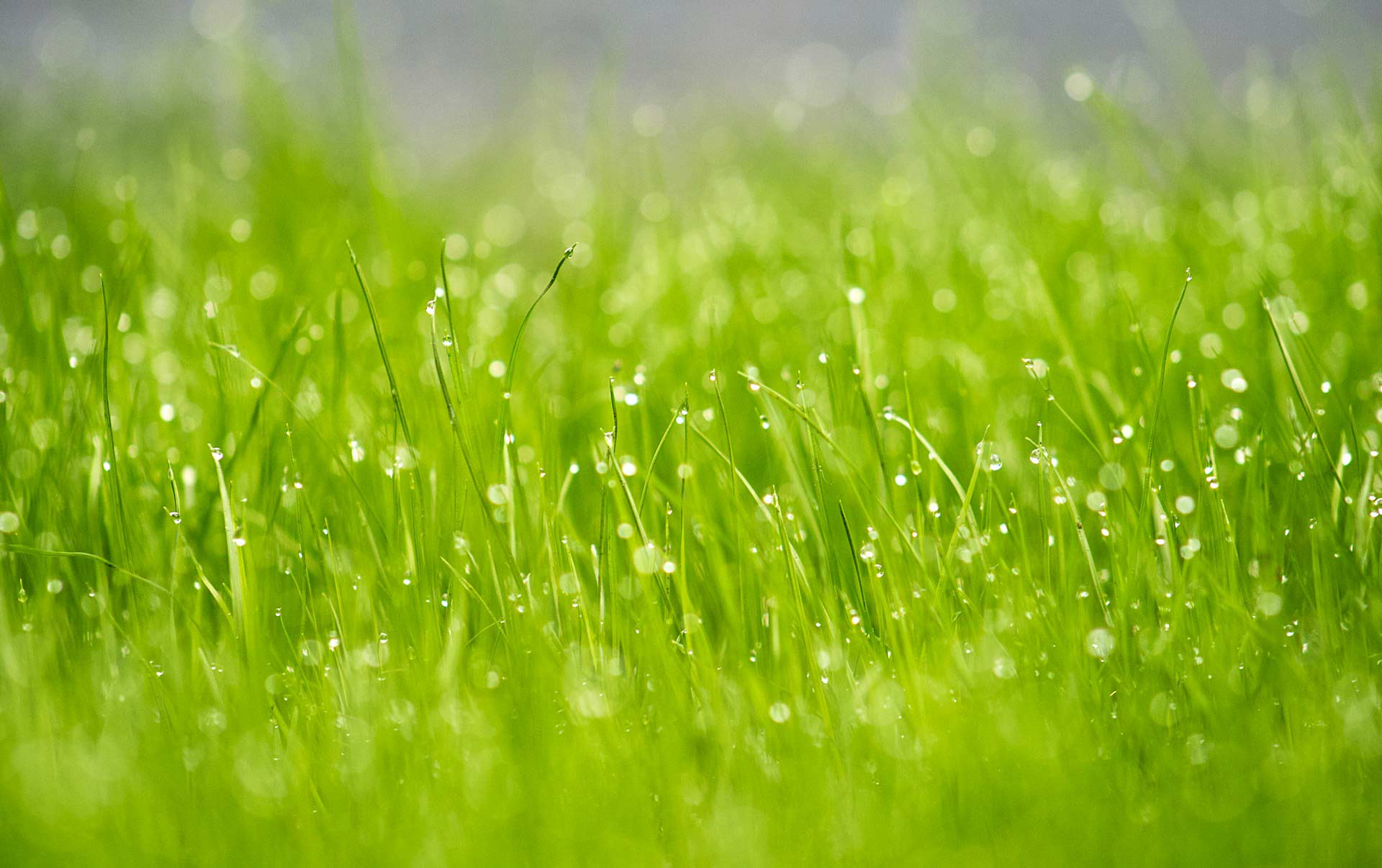Irrigation is a critical aspect of gardening, particularly for flower beds and garden borders. The right irrigation system can ensure the healthy growth of plants by providing them with the necessary amount of water. Without adequate water, plants can suffer from stress, leading to poor growth or even death. On the other hand, overwatering can lead to root rot and other issues. Hence, it’s crucial to understand the balance required in watering gardens.
Overview of Sprinkler Systems
Sprinkler systems offer an efficient and convenient way to water gardens. They can be set up to cover large areas and can be automated, reducing the labor and time required for manual watering. There are various types of sprinkler systems available, each suited for different garden needs and layouts. These systems range from stationary sprinklers, which water a fixed area, to oscillating and rotating sprinklers that cover a larger radius.
Benefits of Using Sprinklers
Using sprinklers for irrigating flower beds and garden borders comes with several benefits. Firstly, it ensures even distribution of water, covering all plants adequately. This is especially important in densely planted areas. Secondly, it saves time and effort compared to hand-watering. Additionally, many modern sprinkler systems come with adjustable settings, allowing gardeners to control the amount and frequency of watering, which is vital for different plant species and changing weather conditions.
Types of Sprinklers for Garden Irrigation
Stationary Sprinklers
Stationary sprinklers are simple in design and are ideal for small to medium-sized gardens. They typically spray water in a fixed pattern and are best used in areas where plants require a consistent amount of water. However, they may not be suitable for larger gardens as they cover a limited area and might require repositioning to water the entire garden effectively.
Oscillating Sprinklers
Oscillating sprinklers are more sophisticated and can cover a larger area. They have a bar with several nozzles that move back and forth, spraying water in a rectangular pattern. This type is ideal for larger flower beds and borders as it ensures even coverage. The width and range of the spray can often be adjusted, making it versatile for different garden sizes and shapes.
Rotating and Impact Sprinklers
Rotating sprinklers, including impact sprinklers, are perfect for large and irregularly shaped gardens. These sprinklers rotate in a circular pattern, distributing water over a wide area. Impact sprinklers, in particular, are known for their distinctive sound and ability to cover a large radius. They are highly adjustable, with settings for spray distance and pattern, making them suitable for diverse garden layouts and plant needs.
Designing a Sprinkler System for Flower Beds and Borders
Assessing Garden Needs
The first step in designing a sprinkler system is assessing the specific needs of your garden. Consider the size and shape of the area, types of plants, and their water requirements. Flower beds and borders may have plants with varying needs, so it’s essential to plan a system that can cater to these differences. The system should be capable of providing adequate water to all plants without over or under-watering any section.
Choosing the Right Sprinkler Type
Based on the assessment, choose the type of sprinkler that best fits your garden’s requirements. For smaller, uniformly shaped areas, stationary or oscillating sprinklers might be sufficient. For larger, more diverse gardens, rotating or impact sprinklers may be more effective. It’s also possible to use a combination of different types of sprinklers to cater to various parts of the garden efficiently.
Layout and Installation Considerations
When laying out the sprinkler system, ensure that the sprinklers are positioned to cover the entire garden without leaving any dry spots. It’s important to consider the reach of each sprinkler and overlap the areas slightly to prevent dry patches. Installation should be done carefully, following the manufacturer’s guidelines. For automated systems, setting up a timer can provide regular watering without manual intervention, which is especially beneficial during dry periods.
Optimizing Water Usage with Sprinklers
Understanding Water Requirements
Different plants have varying water needs, and understanding these is crucial for efficient irrigation. Factors such as plant type, soil composition, and climate play a significant role in determining water requirements. Over-watering can be just as harmful as under-watering, leading to water waste and potential plant health issues.
Adjusting Sprinkler Settings
Modern sprinkler systems offer various settings that can be adjusted according to the garden’s needs. This includes adjusting the water pressure, spray pattern, and timing of irrigation. Regularly monitoring and adjusting these settings as per the changing weather conditions and plant growth stages can significantly improve water efficiency.
Mulching and Soil Management
Mulching is an effective way to retain soil moisture and reduce the need for frequent watering. By applying a layer of mulch around plants, evaporation is minimized, and the soil remains moist for longer periods. Additionally, maintaining healthy soil with good organic content can improve water retention, further optimizing water usage in the garden.
Challenges and Solutions in Sprinkler Irrigation
Dealing with Uneven Water Distribution
One of the challenges in using sprinklers is ensuring even water distribution, especially in irregularly shaped gardens. To address this, carefully plan the layout of the sprinklers and consider using different types to suit specific areas. Regularly checking and adjusting sprinkler positions and settings can also help achieve more uniform coverage.
Overcoming Water Pressure Issues
Water pressure variations can affect the performance of sprinkler systems. Low pressure can result in inadequate coverage, while high pressure can lead to water wastage and damage to plants. Installing pressure regulators or choosing sprinklers designed for specific pressure ranges can mitigate these issues. Additionally, dividing the garden into zones and watering them separately can help manage pressure variations effectively.
Managing Seasonal Variations
Seasonal changes can greatly influence the watering needs of a garden. During rainy seasons, reducing the frequency and duration of watering is essential to avoid overwatering. Conversely, in dry seasons, increasing watering frequency and duration might be necessary. Using a programmable timer and monitoring weather forecasts can aid in adjusting the watering schedule according to seasonal variations.
Conclusion
Efficient sprinkler systems offer numerous benefits for garden irrigation. They save time, ensure even water distribution, and can be tailored to the specific needs of a garden. By choosing the right type of sprinkler system and optimizing its settings, gardeners can maintain healthy and vibrant flower beds and borders with minimal effort and water waste.
Advancements in technology are continually shaping the future of garden irrigation. Smart sprinkler systems, equipped with sensors and connected to weather forecasting services, are becoming more prevalent. These systems can automatically adjust watering schedules based on real-time weather data, further optimizing water usage and ensuring the health of garden plants.
As water conservation becomes increasingly important, the role of efficient irrigation systems in gardens is more crucial than ever. By adopting sprinkler systems and employing smart watering practices, gardeners can contribute to sustainable water use while enjoying the beauty of well-maintained flower beds and garden borders.





